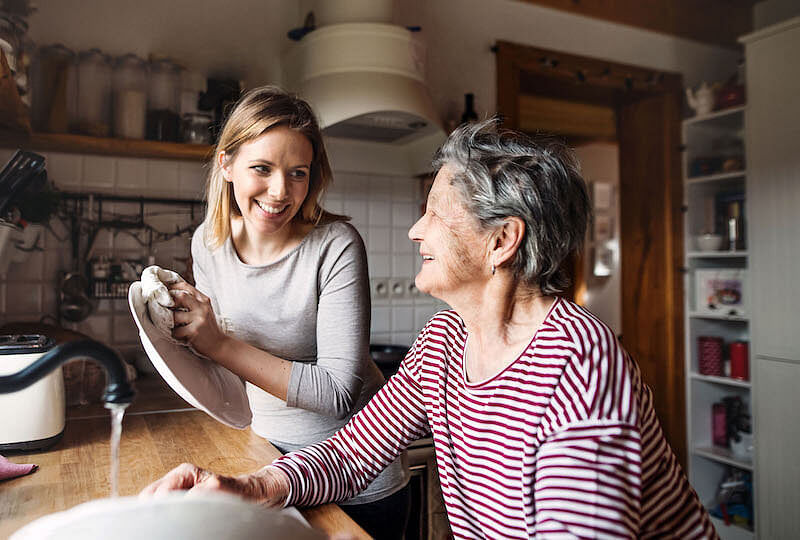Research
Over two decades of innovative research and care ministry.
Our approach to research involves community stakeholders engaging as partners in all steps of the research process with the goals of educating, improving practice, or bringing about changes in social determinants.
Come engage with us to solve some of our senior’s biggest challenges!
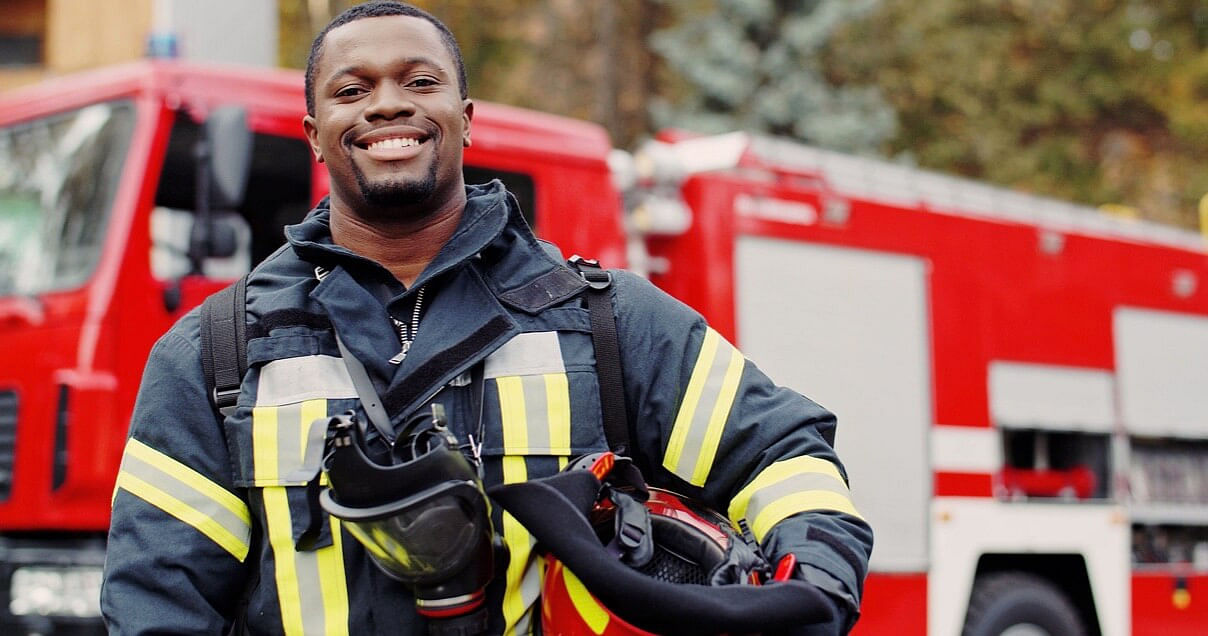
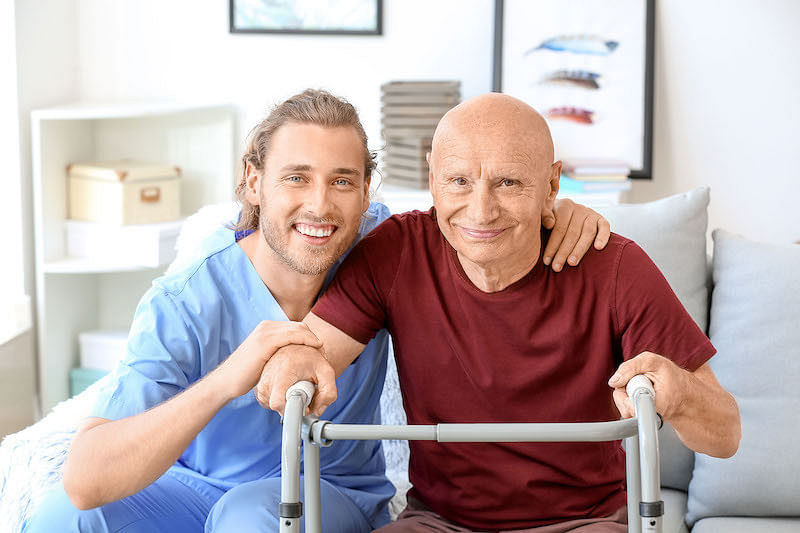
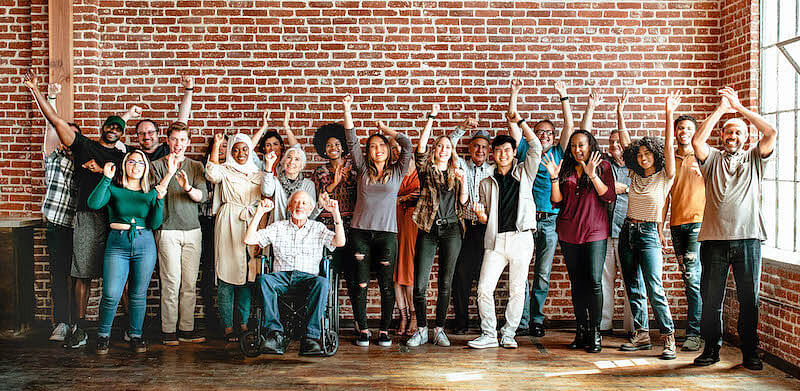

RIGHTCARE’S collaborative approach to research involves stakeholders throughout the research process, from establishing the research question, to developing data collection tools, to analysis and dissemination of findings. We use a research framework that aims to address the practical concerns of people in a community. By its nature, our research is applied research; it seeks to change issues that are critical to communities and focuses on engaging community members in research directed at addressing their needs and concerns.
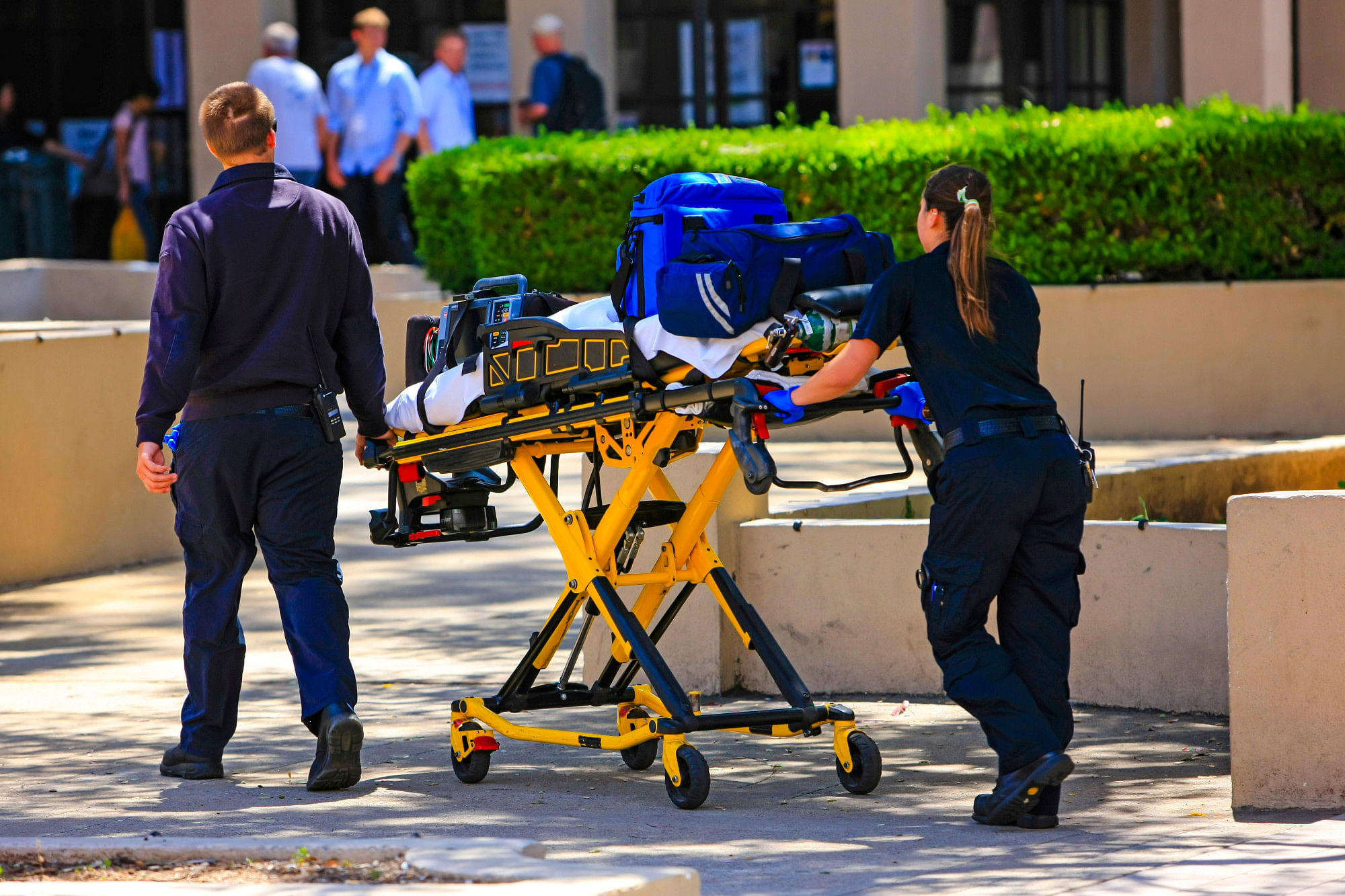
Current Projects
We are continuously engaged in research tied to achieving outcomes for seniors. Below are a sample of projects we are currently engaged in:
Fire Department Community Risk Reduction Programming: Home Safe Home
Nationally, there are millions of non-fatal falls requiring medical attention each year. These non-fatal falls account for hundreds of millions of dollars in emergency response alone and account for over 8 million DALYs (disability adjusted life years) lost. The largest morbidity occurs in people aged 65 yeas and older.
While large amounts of research has been done on falls over the last 20 years, its prevalence nationally, on senior campuses, and in local communities continues to rise year over year. A careful examination of the information surrounding falls reveals a repeating discussion of the same general contributing factors and limited options to deal with them. The unabated rate of falls within the existing senior population shows that no effective solutions or responses have been developed from understanding these large generic factors.
On the front lines dealing with the results of this epidemic is our dedicated EMS and Fire Department personnel. A review of the literature put out by fire department and EMS organizations shows discussion of the same problems faced across the country. Additionally, there are numerous secondary problems associated with responding to this epidemic of “lift assist” and “non-emergency” calls such as increased response times to overlapping calls and lack of funding for critical departments needs. No one has yet made a meaningful impact on the problem or changed the conversation locally. It appears that if this problem is going to be solved, it will have to be led by FD/EMS services. This project is a major step forward in solving this challenge.
In the search for understanding key levers to success, it is becoming clear that the current systems in place are not working. The general understanding of seniors who are at risk for “lift assist” and “non-emergency” calls has not generated effective solutions. Effective being defined as a sustained, cost effective, duplicatable programming that decrease the per capita number of lift assist and other preventable calls experienced within this population.
A senior person calling for a “lift assist” or other unsafe occurrence results from a specific and unique set of risks that caused them to have the unsafe occurrence leading to the call. In a majority of the cases, the senior’s pre-call scores have already over indexed in key areas to cause the crisis. If these key areas are not understood, measured, and improved, then it follows that another event necessitating emergency care or hospitalization will occur, whether or not there are additional risk factors resulting from the previous fall or crisis. Research has proven current solutions (social programs, home health, family involvement, clinician) when brought in to support change are unable to score these individual factors or effectively deal with them, resulting in continued risk of failure. Without clear understanding of these individual factors facing at risk senior populations, seniors are at risk of escalating frequency, types, and severity of unsafe occurrences.
Research suggests that the inadequacy of the demographic and medical record data on hand to provide a clear means to achieve outcomes and manage costs, fire departments, healthcare systems, and providers are hitting the ceiling of what they can do with current information sets. These poorly defined individual specific social-demographic-environmental-patient factors and behaviors appear to be where the majority of the causes for “non-emergency” and “falls and calls” and lie. So what are these factors causing such an enormous number of assists locally and nationally, and can they be defined and measured? If these individual factors could be identified, what would effective solutions look like that could adequately address them? What if it is this lack of awareness and understanding of specific factors, as well as a lack of effective follow up care that is setting up the next tragic event, ED visit, or hospitalization?
Goal
This goals of this collaborative are to: (1) quantify, for the first time in the country, the individualized (mSDOH) risk profile of the senior “fall assist,” and frequent caller, (2) quantify the deployment of necessary and effective resources for at risk seniors, (3) measure reduced follow up “lift assists,” and other preventable calls, (4) use education to promote awareness of the program to seniors and their adult children as evidenced by increasing the number of seniors/families who seek collaboration proactively, (5) measure the subjective experience of the seniors and family.
Applied 2021-Current
Fire Department Community Risk Reduction Programming: Home Safe Home
Bartosh | Schmidt
mSDOH Model Assessment and Care Planning Model for Private Duty
For this project a PBHS mSDOH model, LIFE Profile, (Lifestyle Feasibility Profile), is being used for client assessment and care plan development. The assessment delivers new data sets for care planning to maximize the value and benefit of in-home services. Scoring and outputs collected from the LIFE Profile assessment will deliver a care plan which is comprehensive, individualized, goal driven, and define individual and shared responsibilities for all participants that are involved in achieving care outcomes.
Scope 196 locations, 42 states, expected N=23,000.
Applied 2020-Current
mSDOH Model Assessment and Care Planning Model for Private Duty
Chartrand | Bartosh | Chandler
Senior Helpers Life Profile
RIGHTCARE Advanced Integration Project
The RIGHTCARE Advanced Integration Project targets those churches where RIGHTCARE (RC) ministry has been an active force for over five years. At the heart of this project is capturing and standardizing the advancements that have been made in RC Ministry programming at the individual church level, ensuring that these advancements align seamlessly with the foundational objectives of RIGHTCARE and are available for other churches. This initiative is a movement towards sharing mature and effective mechanisms that coordinate across various church ministry and activities. Furthermore, the project places a strong emphasis on ensuring that every facet of the RC ministry is in sync with the broader objectives of the church. This alignment is crucial in maintaining a unified direction and purpose, fostering a sense of cohesion and making sure the RC ministry not only serves but also strengthens the church's overall vision and mission.
Applied Dec 2022
RIGHTCARE Advanced Integration Project
Bartosh | Davis | Boue
Multiple
Advocacy
Changing Policy — We strive to influence change in local communities across our nation.
Based on our core beliefs, we advocate a basic level of care and will continue to pursue legislation to support our mission.

Advocacy
Arizona Senate Bill 1373 (Now Arizona Revised Statute 36-420, 420.01)
PHOENIX, ARIZONA (June 2021) – RightCare Foundation, together with Senator Nancy Barto and AARP Arizona, successfully advocated to pass legislation improving the standard of care provided to vulnerable adults in Arizona. Senate Bill 1373 (sponsored by Senator Nancy Barto) mandates that certified health care institution caregivers MUST perform necessary CPR and first aid when appropriate before the arrival of emergency medical services (EMS). With immediate CPR, a cardiac arrest victim’s chance of survival can triple. Prior to S.B. 1373, caregivers were not required to (and often did not) perform CPR or first aid on assisted living residents in an emergency and simply called “911”. In Arizona, it had become disturbingly commonplace for EMS to arrive at a care institution eight minutes after receiving a 911 call to find an unresponsive resident and no one performing emergency care. This bill became law in Arizona on September 29, 2021.
Arizona House Bill 2076
Our work with the Arizona Attorney General’s Task Force Against Senior Abuse and Healthcare Committee resulted in an amendment to Arizona statute. The amendment ensures EMS providers have appropriate and efficient access to the Secretary of State’s advance directives registry at the critical time of need. This bill was sponsored by AZ Representative Heather Carter and was signed into law in April 2017 by Governor Ducey. Our work with the Arizona Health Information Exchange is ongoing to ensure advance directive wishes are honored for vulnerable Arizonans.
AARP
Our work with AARP Arizona prioritized honored advance directive wishes. This advocacy is supported by The Governor’s Advisory Council on Aging, Arizona Attorney General’s Task Force Against Senior Abuse and other stakeholders. This collaborative work is ongoing to reduce abuse, neglect and exploitation of vulnerable adults and to ensure medical directive wishes are honored in Arizona.
Wisconsin LRB-3926, LRB-5267
Our policy work reaches beyond Arizona. The current Wisconsin Legislature is considering an almost duplicate bill of our Arizona Revised Statutes 36-420, 420.01. WI Representative Lori Palmeri is the legislative sponsor of this bill and a related bill LRB-5267 aimed to improve care at residential facilities, hospices, nursing homes and residential care apartment complexes.
AZ House Bill 2764
Our advocacy prioritized best practice care for vulnerable Arizonans with the support of many stakeholders including The International Association of Firefighters, AARP Arizona, The Alzheimer's Association, The Arizona Legislature and Governor's Office. This law requires new accountability standards in commercial care for our most vulnerable.

If you or your organization are interested in being involved or knowing more about opportunities with community based research in your local community please contact us here:

Kurt Merkelz
RIGHTCARE Senior Board Member
Healthcare Division
Kurt Merkelz, M.D., is senior vice president and chief medical officer of Compassus and has been in this role since 2017.
Throughout his career, Merkelz has focused on caring for older adults. His perseverance in raising industry benchmarks for quality hospice care earned him the Compassus R. Sean Morrison, M.D., Award for Outstanding Achievement in Hospice Physician Leadership. He is currently serving a third term as co-chair for the National Quality Forum (NQF)’s Measure Applications Partnership (MAP) post-acute workgroup. Dr. Merkelz pioneering work in standardized care delivery garnered Compassus national recognition by NQF in 2020. Merkelz serves on several national organization committees including AAHPM, AMDA, and NHPCO.
Merkelz is triple-board certified in hospice and palliative care medicine, family practice and geriatrics.

Randy Bartosh
President, Performance Based Healthcare Solutions,
RIGHTCARE Board Member, RC Projects Leader
Randy is the head of research for PBHS (Performance Based Healthcare Solutions) which he founded in 1999.
Over the past twenty-four years, Randy has spearheaded groundbreaking applied research collaboratives with over 300 care organizations, directly impacting more than 160,000 senior lives. His research has focused on systematically categorizing, quantifying, and optimizing the outcomes seniors need to thrive, ensuring they receive the right care at the right time.
Randy's work has been instrumental in shaping standardized care models and care delivery frameworks that have set new benchmarks for excellence. The innovations are now in use across 39 states in the U.S., as well as in Canada and Australia, influencing policy, healthcare systems, and community-based aging initiatives with cities, churches, and fire departments.

